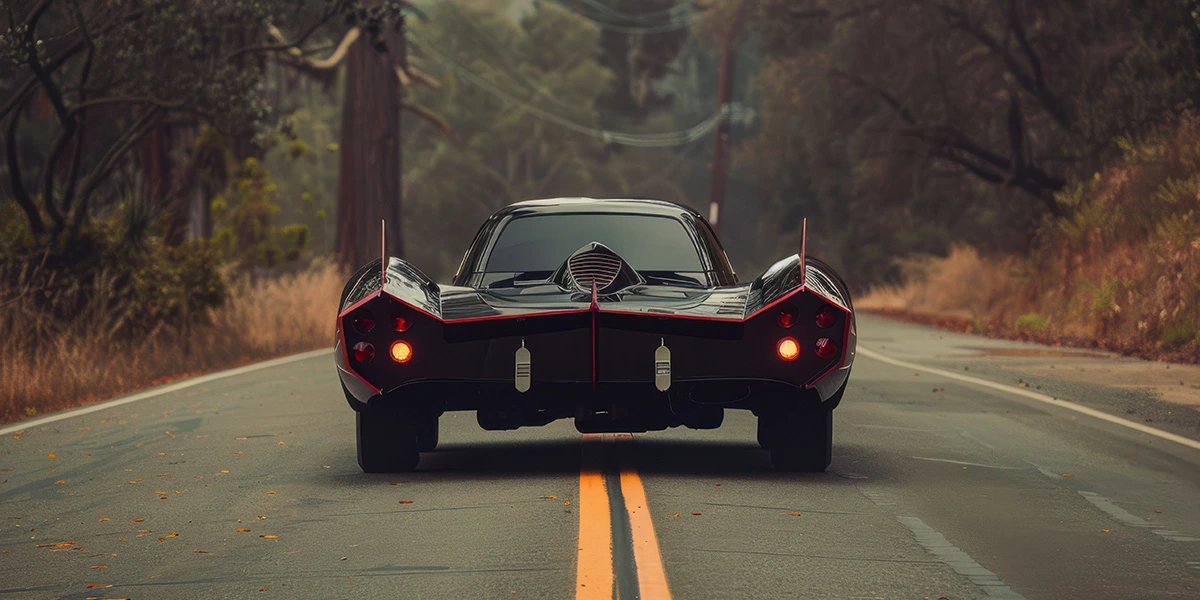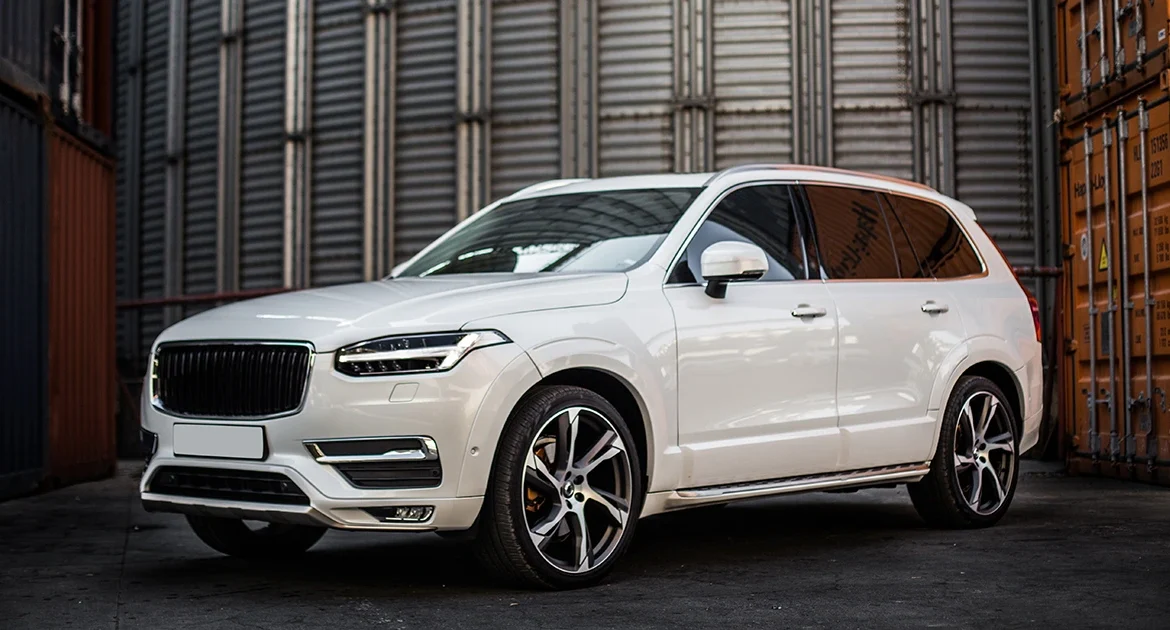Sun beating down? Blinding glare making every drive a squint-fest? Faded upholstery and scorching interiors got you down? There’s a simple solution: tinted glass windows
When it comes to vehicle customization, window tinting is a popular option for both aesthetic appeal and functional benefits like UV protection, privacy, and heat reduction. However, there are legal regulations in New Zealand governing how dark your vehicle’s window tint can be. It’s crucial to understand these regulations to avoid fines in New Zealand and ensure your vehicle remains road-legal. Let’s dive into the legal window tint NZ limits in New Zealand and why they matter.
In New Zealand, regulations regarding tinted glass window cars are governed by the Land Transport Rule: Glazing, which outlines the legal limits for vehicle window tinting. The primary purpose of these regulations is to ensure safety and visibility for drivers and passengers.

What Is Legal Window Tinting?
Window tinting involves applying a thin film to the windows of a vehicle. The film reduces the amount of visible light that passes through the glass, which is referred to as the Visible Light Transmission (VLT) percentage. The lower the VLT percentage, the darker the tint.
In New Zealand, laws are in place to regulate the minimum VLT level allowed for vehicle windows. These laws are in place to maintain road safety by ensuring that drivers can clearly see out of their windows and that others can see into their vehicles when necessary.
Legal Window Tint Limits in New Zealand
The regulations for window tinting in New Zealand are based on the type of vehicle and the position of the windows.
- Passenger vehicles (cars, vans, SUVs):
-
- Front side windows: The minimum VLT must be 35%. This means that at least 35% of the light must pass through the window, making the tint relatively light.
- Rear side windows and back windows: These windows can have darker tints as long as they have an external rearview mirror on both sides of the vehicle. There is no specific VLT percentage for rear windows, allowing greater flexibility for privacy and heat control.
- Commercial vehicles (trucks, vans):
- The same 35% VLT rule applies to the front side windows, but the regulations for rear windows are more lenient, especially for cargo or utility vehicles.
Why Are There Tinting Limits?
There are several reasons why the government enforces these restrictions on vehicle tinting:
- Safety: Darker tints on front windows can hinder a driver’s ability to see clearly, especially at night or in low-light conditions. This can increase the risk of accidents.
- Law enforcement visibility: Police officers need to be able to see inside vehicles for safety and law enforcement reasons, particularly during traffic stops.
- Pedestrian safety: Dark tints make it harder for pedestrians to make eye contact with drivers, which is essential in areas like crosswalks.
Exceptions to the Rule
There are a few exceptions where the legal tint limit may vary, such as for medical exemptions. Individuals with specific medical conditions that require protection from sunlight may be allowed darker tints, but this requires special permission from the New Zealand Transport Agency (NZTA).
Consequences of Illegal Tinting
If your vehicle’s windows are tinted darker than the legal limits, you could face:
- Fines: You may receive an infringement notice and a fine for non-compliant tints.
- Warrant of Fitness (WOF) issues: Your vehicle could fail its WOF inspection, preventing you from legally driving it on the road until the issue is rectified.
- Removal of tint: You may be required to remove or replace the illegal tint to meet the legal VLT standards.
How to Ensure Compliance
Before getting your windows tinted, it’s important to:
- Consult with a professional tinting service that is familiar with the legal window tint limits in New Zealand.
- Use a VLT meter to check your current window tint if you’re unsure whether it meets the required standards.
Understanding the legal window tint limits in New Zealand is crucial for maintaining road safety and ensuring your vehicle complies with local regulations. With a VLT limit of 35% on front-side windows and flexibility on rear windows, you can still enjoy the benefits of tinting without running into legal trouble. If you’re unsure about the compliance of your window tint, always seek expert advice to avoid unnecessary fines or WOF failures.
For more information, be sure to check the official guidelines from the New Zealand Transport Agency (NZTA) to stay informed on updates to tinting laws.
By following these guidelines, you can enjoy the functional benefits of tinted glass window car windows while staying on the right side of the law.
New Zealand Vehicle Tint Laws: What You Need to Know
Applying window film to your vehicle not only enhances its appearance but also makes it cooler, safer, and more comfortable. However, New Zealand has specific regulations regarding vehicle window tinting. Here’s what you need to know to stay compliant. For personalized advice, feel free to visit our store or contact our knowledgeable sales team. As members of WFAANZ (Window Film Association of Australia and New Zealand), we are fully equipped to guide you in selecting the most suitable and legal tint for your needs.
What is VLT?
VLT, or visible light transmittance, refers to the percentage of visible light that passes through a vehicle’s window. A lower VLT percentage means a darker film. For example, clear glass has a VLT of about 85%.
Which Windows Can Be Tinted?
For most vehicles, the following tinting rules apply:
- Windscreens: Only anti-glare bands (no lower than the sun visor) and stone guards (for trucks and buses) are allowed.
- Passenger Cars (Class MA): The darkest legal tint is 35% VLT on all windows, including the front side windows (next to the driver), rear windows, side rear windows, and back windows. Station wagons fall under the same category as cars.
- Vans, 4WDs, and SUVs: You can apply any level of tint behind the driver’s door.
- Other Vehicles: For Class MB (forward control passenger vehicles), Class MD1 and MD2 (omnibuses under 3.5 tonnes and with fewer than 12 seats), Class NA (light goods vehicles), and Class MC (off-road passenger vehicles), the same windscreen and front window restrictions apply. However, you can use any VLT on the rear, side, rear, and back windows.
If tinting is applied behind the driver’s seat, the vehicle must have external rear-view mirrors on both sides.
Factory Tinted Glass
Some vehicles come with factory-tinted glass that has a VLT below 35%. These windows are typically marked as AS3 glass. It’s important to note that mirror or partially mirrored films are prohibited on all vehicles.
For further details, visit the official Land Transport website here.
How Are Window Tints Tested?
Tint levels can be checked using a calibrated VLT meter. Our trained staff use these meters to ensure your tint complies with the law. WFAANZ installers also provide a label indicating compliance with the 35% VLT limit, which can make WoF or CoF inspections smoother. While not legally required, this label can be helpful and is available for a fee.
Automotive Window Film Features
Our automotive films are designed with an adhesive system tailored for curved glass, allowing a smooth, wrinkle-free, and bubble-free application. Many films include a micro-thin metal layer that helps reduce solar heat while maintaining a sleek appearance that complements your vehicle’s color.
In-Glass Car Aerials and GPS Reception
If your vehicle has an in-glass radio aerial, metalized window films may reduce AM radio reception and slightly affect FM reception. To avoid these issues, we recommend using non-metalized films. Additionally, window tinting can interfere with GPS systems and other electronic devices that rely on electromagnetic reception, a phenomenon known as EMI (Electromagnetic Interference). For vehicles with in-glass antennas, non-metalized films are also the better choice to prevent signal disruptions.


Leave a Reply